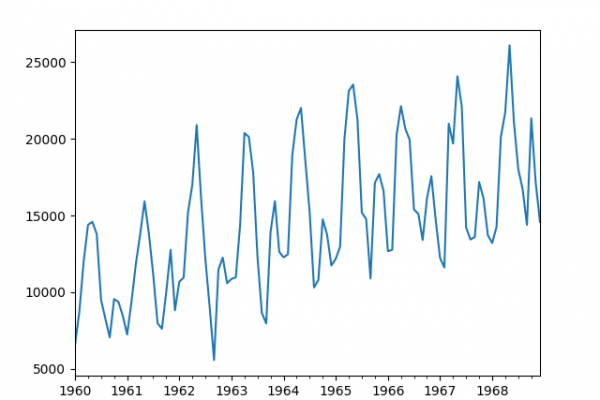Feature Selection for Time Series Forecasting with Python

Last Updated on September 16, 2020
The use of machine learning methods on time series data requires feature engineering.
A univariate time series dataset is only comprised of a sequence of observations. These must be transformed into input and output features in order to use supervised learning algorithms.
The problem is that there is little limit to the type and number of features you can engineer for a time series problem. Classical time series analysis tools like the correlogram can help with evaluating lag variables, but do not directly help when selecting other types of features, such as those derived from the timestamps (year, month or day) and moving statistics, like a moving average.
In this tutorial, you will discover how you can use the machine learning tools of feature importance and feature selection when working with time series data.
After completing this tutorial, you will know:
- How to create and interpret a correlogram of lagged observations.
- How to calculate and interpret feature importance scores for time series features.
- How to perform feature selection on time series input variables.
Kick-start your project with my new book Time Series Forecasting With Python, including step-by-step tutorials and the Python
To finish reading, please visit source site